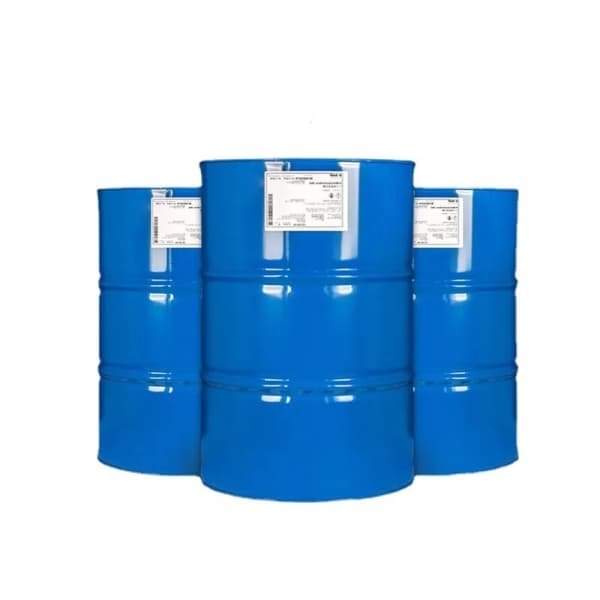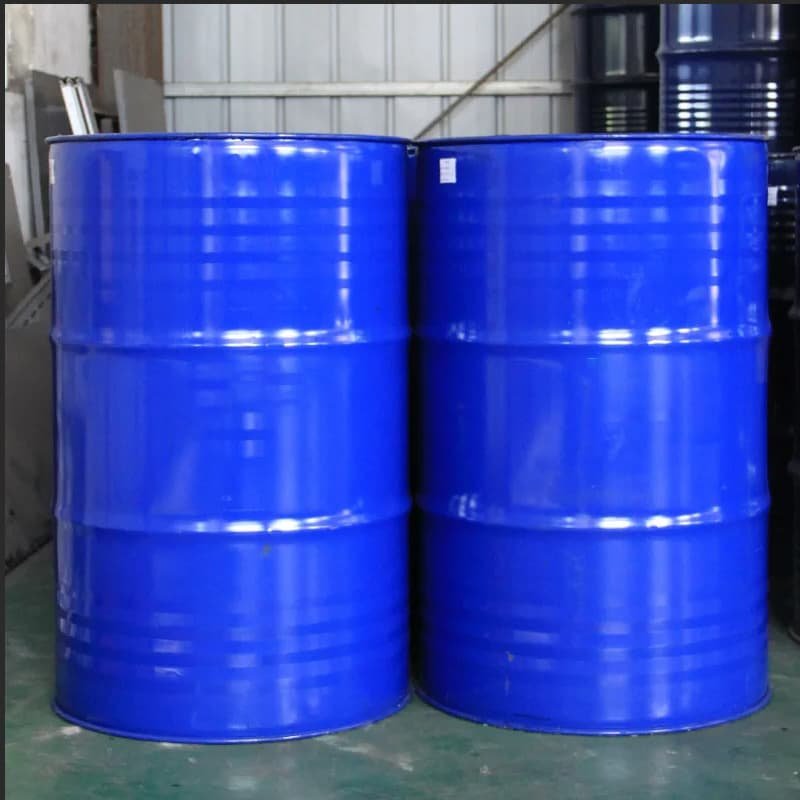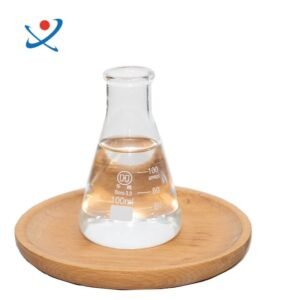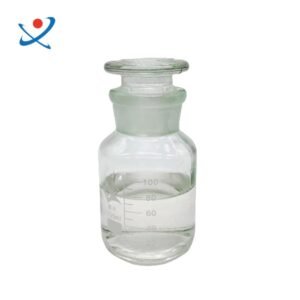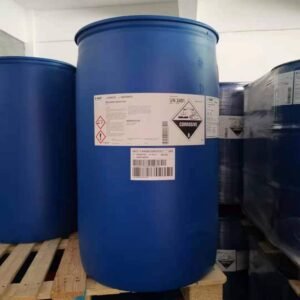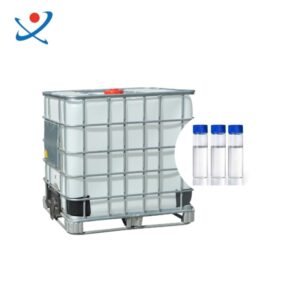Dipropylene glycol (also known as dipropylene glycol in English), also known as dipropylene glycol, dipropylene glycol, 4-Oxaheptane-2,6-diol, 1,1 ‘- Oxydi-2-propanol, 2-Hydroxypropyl ether, 2,2’ – Dihydroxydipropyl ether, also known as DPG. Soluble in water and toluene, soluble in methanol and ether, with a spicy sweet taste and no corrosiveness.
【 Appearance 】 Dipropylene glycol is a odorless, colorless, water-soluble, and hygroscopic liquid at room temperature, with a spicy and sweet taste.
Boiling point (101.3 kPa) (℃) 295
Melting point (℃) -40
Flash point: ℃ (closed type) 118
Ignition temperature : (℃)310
Density: g/cm3 (20 ℃) 1.0252
Refractive Index nD251.439
[Steam pressure] kPa (℃) 0.13 (74)
[Viscosity] mPa. s (20 ℃): 107
Purpose:
1) Dipropylene glycol is an ideal solvent for many essence, fragrances and cosmetics. This raw material has good water, oil and hydrocarbon co solubility, and has a mild odor, minimal skin irritation, and low toxicity. The distribution of isomers is uniform and consistent, with a quality of * *;
2) Dipropylene glycol can also be used as a coupling agent and moisturizer in various cosmetic applications. In the field of perfume, the proportion of dipropylene glycol used exceeds 50%. In other application fields, the proportion of dipropylene glycol used is generally within 10% (by weight). Some specific product application fields include: hair curling liquid, skin cleaning liquid (cold cream, bath gel, bath liquid and skin care liquid) deodorant, face, hand and body skin care products, moisturizing skin care products and lipstick, etc;
3) Dipropylene glycol is also used in the production of unsaturated and saturated resins, and the resins produced by it have superior softness, crack resistance, and weather resistance. The product has long-term resistance to yellowing and denaturation.
4) Used as cellulose acetate; Nitrocellulose; Shellac varnish; A solvent for castor oil. It can also be used to make plasticizers, fumigants, synthetic detergents, etc.

